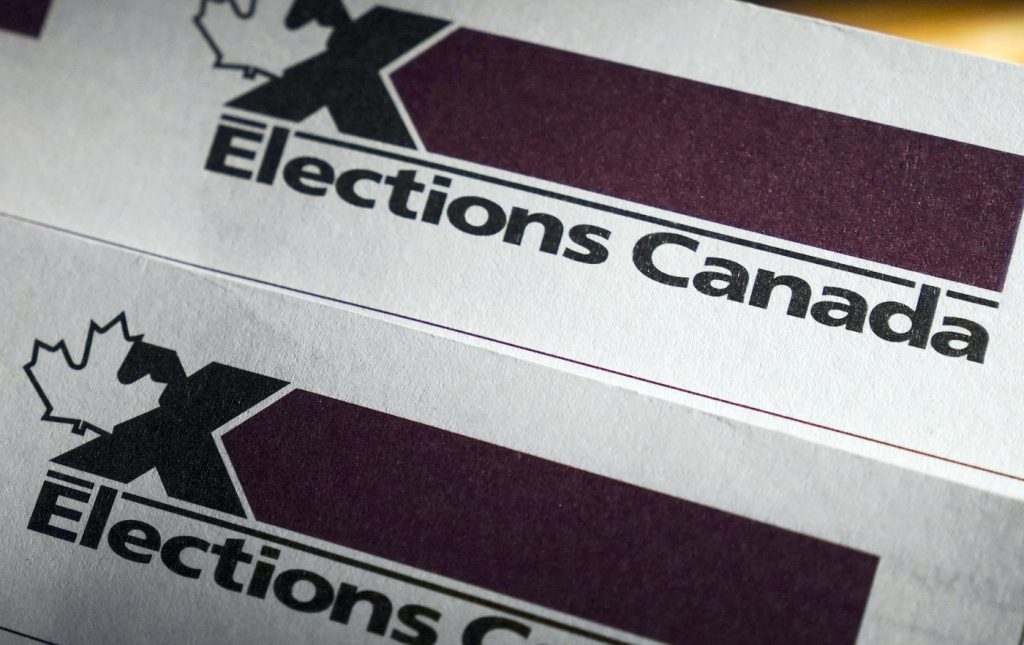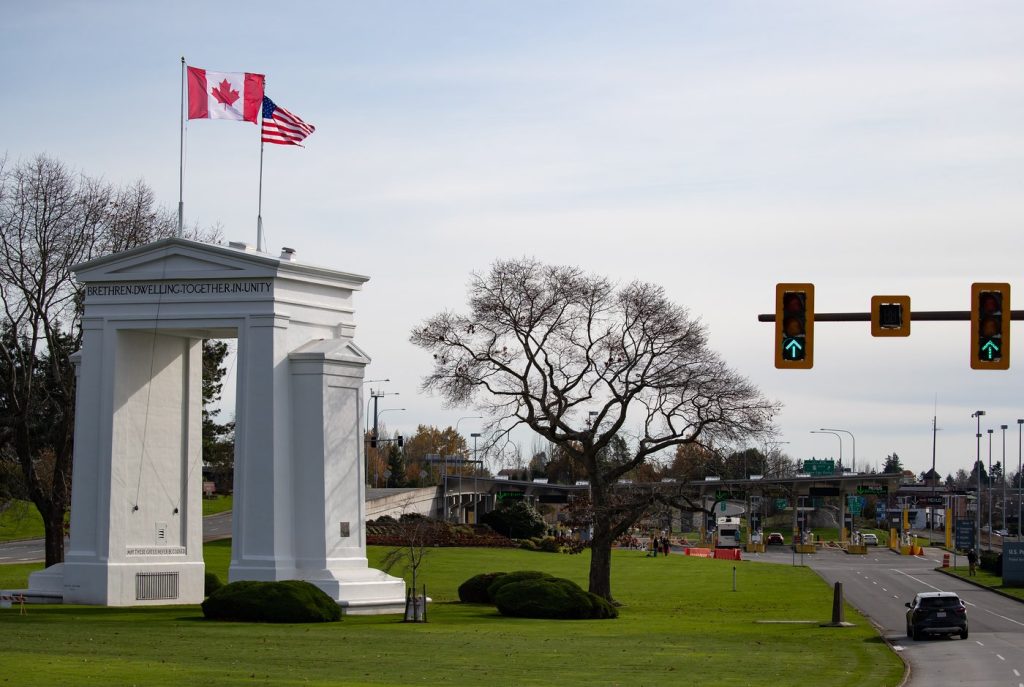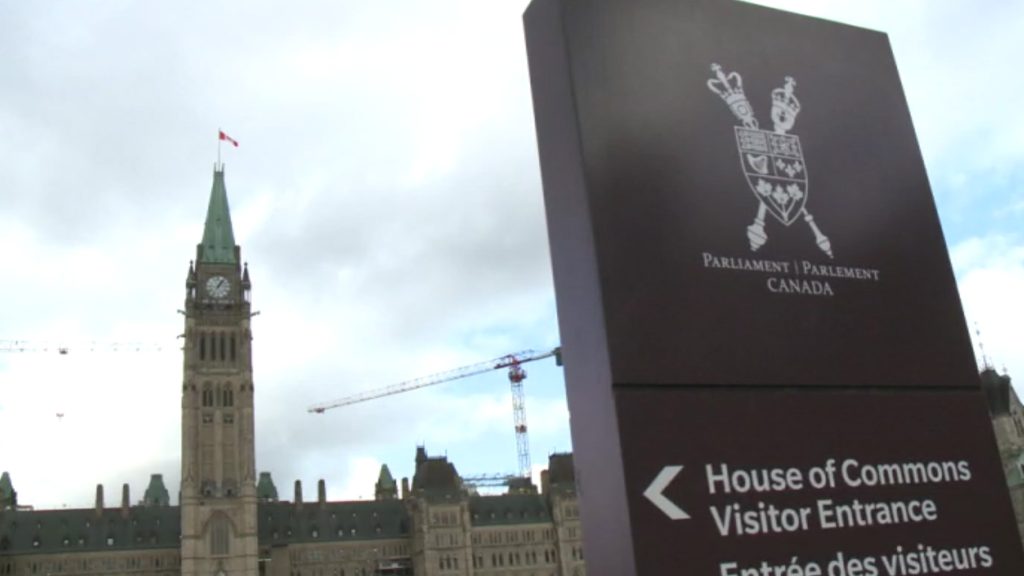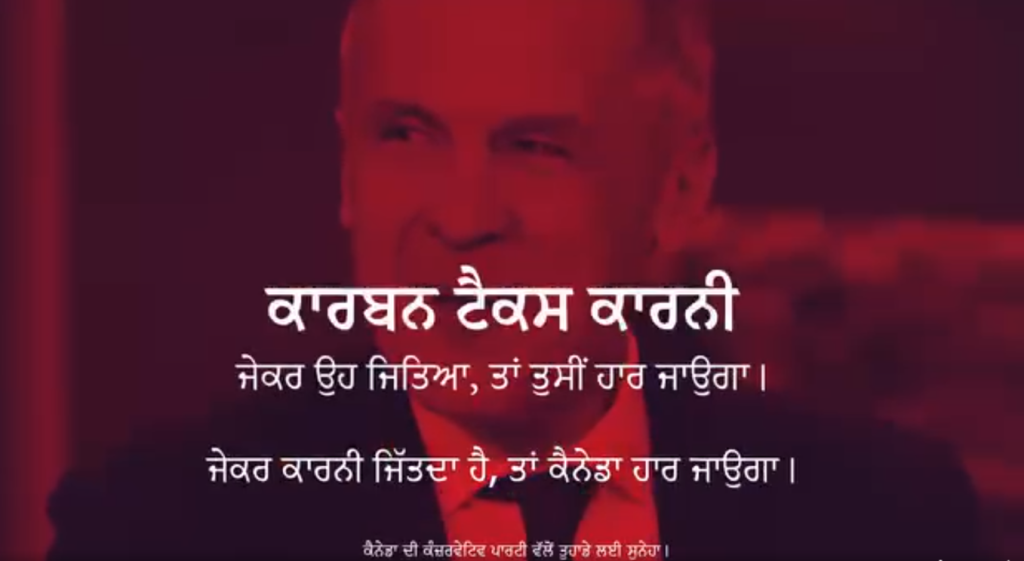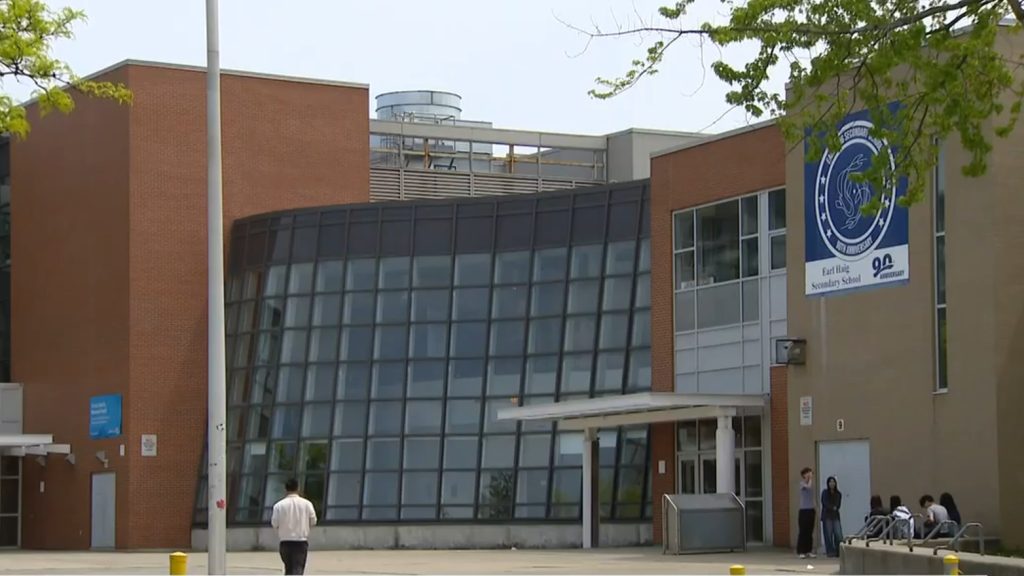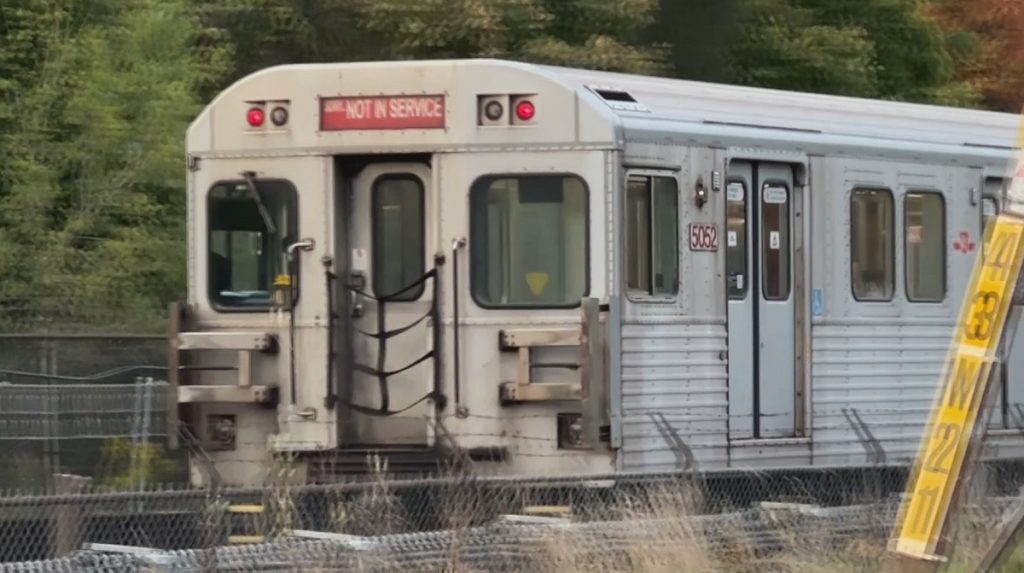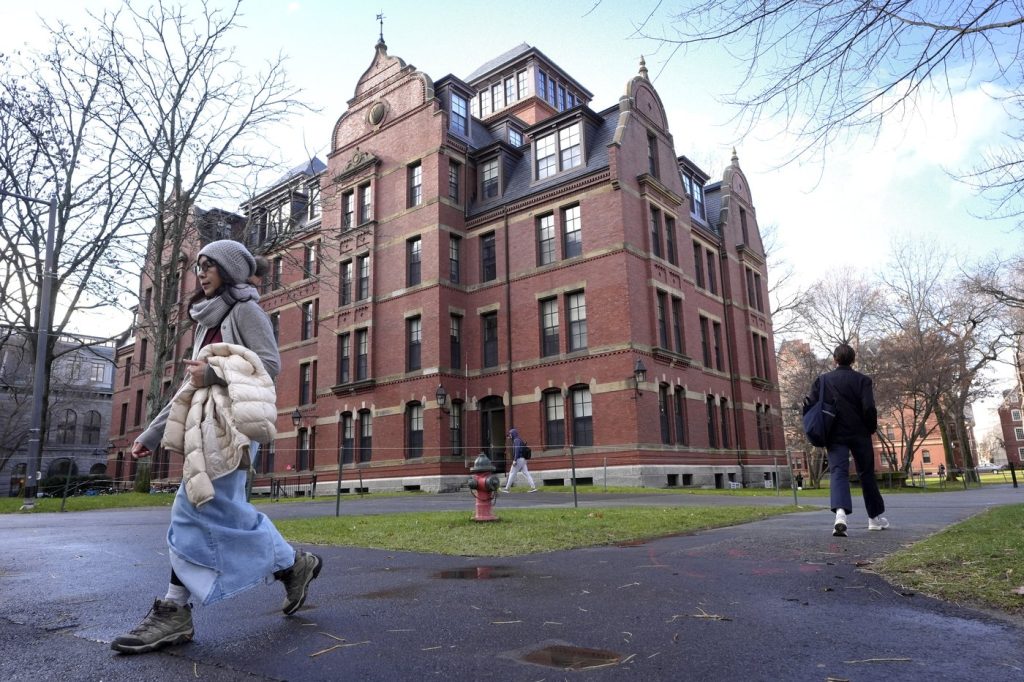OTTAWA — The riding of Milton East–Halton Hills South in Ontario has officially changed hands, flipping from Conservative to Liberal following a comprehensive vote validation process conducted by Elections Canada. This development has significant implications for the current composition of the federal government.
The validated results revealed that Liberal candidate Kristina Tesser Derksen received a total of 32,130 votes, narrowly surpassing Conservative candidate Parm Gill, who garnered 32,101 votes. The difference between the two candidates was just 29 votes, highlighting the competitiveness of this particular riding.
As a result of this shift, the Liberal Party's minority government has increased its seat count to 169, whereas the Conservative Party now holds a total of 143 seats in the House of Commons. This vote validation contributes to the changing dynamics within the federal political landscape.
In addition to Milton East–Halton Hills South, another notable shift occurred in the federal riding of Terrebonne in Quebec. This riding transitioned back to the Bloc Québécois from the Liberals, following a similar postelection validation process. Such changes underscore the volatility and competitiveness of the current electoral climate in Canada.
The Milton East–Halton Hills South riding is a newly established federal constituency, created as part of a recent redistribution exercise. The riding encompasses areas from previously held constituencies, including parts of Milton, which was under Liberal control, and Wellington–Halton Hills, previously held by the Conservatives.
Initial election results had indicated that Parm Gill was the winner, with him securing 32,186 votes against Tesser Derksen's 31,888 votes, leading to a preliminary margin of 298 votes. However, the subsequent validation process led to a correction, demonstrating the critical nature of accurate vote counting in determining electoral outcomes. It was also noted that there were 412 rejected ballots in the riding, further emphasizing the complexities involved in the electoral process.
According to Elections Canada spokesperson Matthew McKenna, the vote validation process is a meticulous procedure where returning officers meticulously examine the record of votes counted at polling stations. This process is crucial for identifying and rectifying any potential data entry or calculation errors that may have occurred during the initial counting phase.
McKenna explained that an automatic recount is triggered if the margin between the leading candidate and the runner-up falls within one one-thousandth of the total number of votes cast. This safeguard ensures that close races are thoroughly scrutinized, reinforcing the integrity of Canada’s electoral process.
This report was first published on May 2, 2025, by The Canadian Press, highlighting the ongoing developments in Canadian politics as electoral outcomes continue to evolve and impact the legislative landscape.


